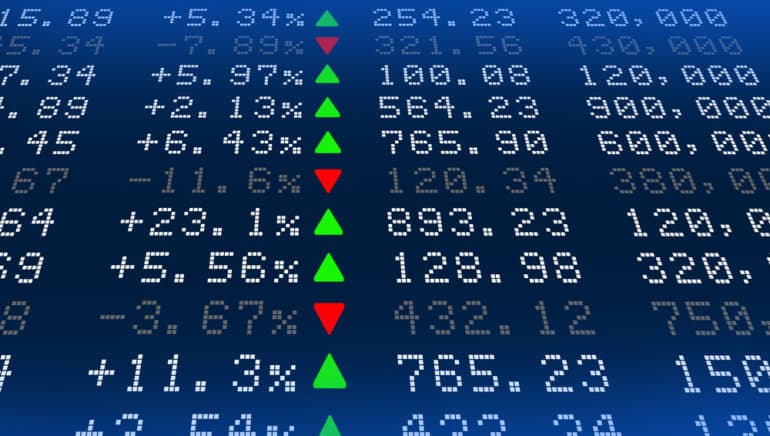We have seen European equities outperform their American peers in the year to date, both in local currency and in euro. Not even the increase of the US dollar relative to the euro of 8% made a difference to that. What is this pro-European optimism based on? After all, the US economy has seen a significantly better development than the Eurozone. The same is true for US companies, which have been recording profit growth, as opposed to Europe, where profits have generally been falling recently. The uncertainties in Greece and Ukraine only add to this scenario.
Stock exchanges reflect future
Stock exchanges rarely reflect the present, but usually the future. Shall we try to understand what the stock exchanges want to tell us? Let us start from the present: in the USA profits have risen by 177% since the lows after the Lehman crisis. The US index has gained more than 187%. All in all a justified increase, driven by soaring profits. The situation in Europe has been completely different: here, profits have been up an unspectacular 20% since the Lehman crisis. A comparison of that value with the earnings scenario ten years ago suggests the following summary for Europe: nothing happened, nothing missed. Although the profits have hardly recovered since the Lehman crisis, the index has almost doubled over the same period of time. As a result, equity valuations have increased significantly. The PE (price/earnings ratio) is almost twice as high as it was seven years ago, and at 20.5x, is clearly above the long-standing average of 15x.
Reallocation from USA to Europe
At first glance the European stock exchanges are relatively expensive. But the hope of rising profits in the future justifies the reallocation from the USA to Europe, as investors argue. The most recent reporting season in the USA showed that the strong US dollar had come with negative effects for American companies. And this is not going to change, given that 30% of profits come from abroad. What is bad for the USA is good for Europe. The weak euro should put paid to the negative profit development that we have seen since 2011. Export-oriented companies in particular benefit from the weakness of the euro and should be the first to feel the support.
The European stock exchanges also thrive on the bond purchase programme orchestrated by the European Central Bank (ECB), which begins in March 2015 and is scheduled to be running to, and including, September 2016. The market will be flooded with a monthly EUR 60bn of freshly printed euros. The bond purchases will keep yields low. Credit growth is meant to rise, and the currency will remain weak. Perfect ingredients to create momentum for the euro economy; or so the theory suggests. This should, or better yet, will finally get profits to rise in Europe. A small part of this development is being anticipated by the stock exchanges as we speak. An increase of 25% is priced in. Does this mean we have reached the end of the line? Global profits have already increased 10% above pre-Lehman levels. In order for this to happen in Europe, profits would have to double form their status quo! The world outside Europe has shown how it is done and proven that it is possible. Investors are currently betting on Europe’s ability to emulate parts of that development, supported by a weak currency and the QE programme.
2.7% dividend yield instead of 0% on savings
If this is how things will turn out, we are at the beginning of a prolonged upswing on the European stock exchanges. European shares currently offer a dividend yield of 2.7% – not bad in an environment were yields are about to become extinct.
After the strong increases over the past weeks investors have to brace for corrections on the market. However, this could open a window of opportunity to stock up on European equities in order to be able to participate in the new trend of European outperformance. In contrast to the current PE, the Shiller PE (share price to earnings average over the past ten years) still indicates upward potential.


